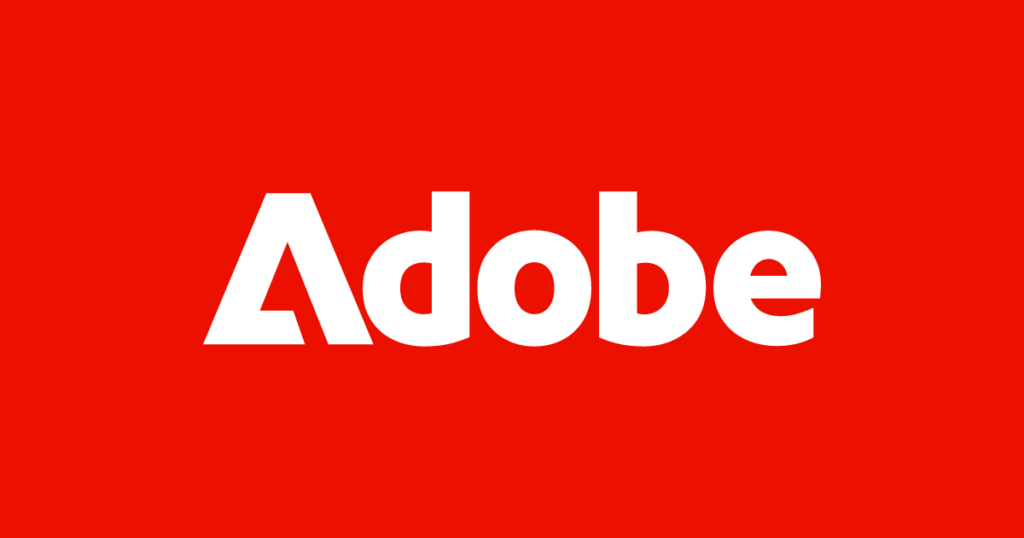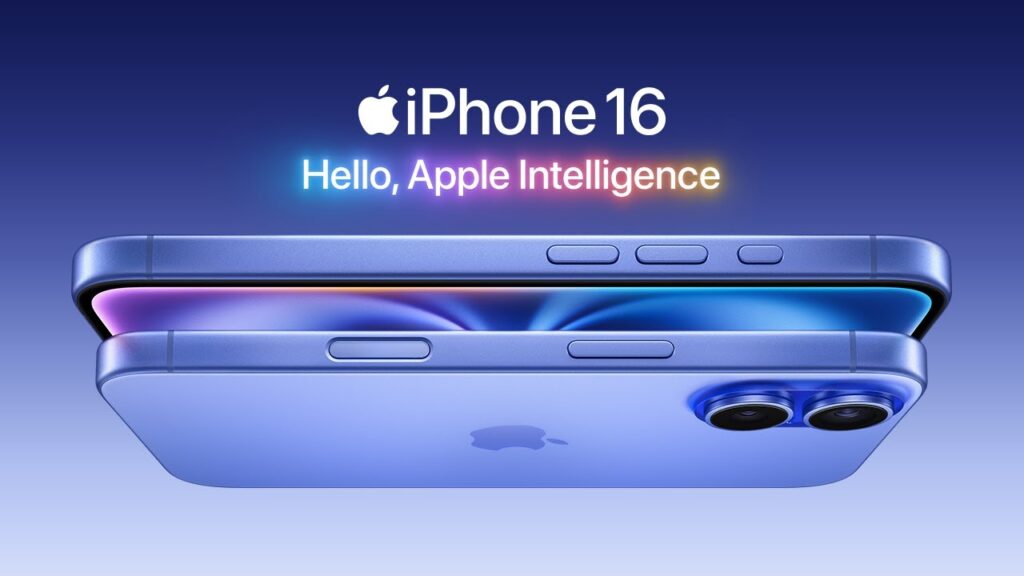Google dropped the popular Google Adwords and DoubleClick, launching a rebranded service called Google Ads, after a fall back of 18 years. The new Google ad line-up encompasses three core pillars, and they are Google Ads, Google Marketing Platform, and Google Ad Manager.

Advertising options are changing with this rebranding, and as a result, features also have a modification. The diversity in these brands will help advertisers and publishers in choosing the right solution for their business. Sridhar Ramaswamy, Google’s senior VP of ads and commerce explained the rebrand at a press event as:
“This is a primarily a name change, but it is indicative of where we have been directing the product.”
Google Ads
The first major change is with Google AdWords getting rebranded into Google Ads and this can serve as “the front door for advertisers to buy on all Google surfaces,” according to Ramaswamy, whether that’s search, display ads, YouTube videos, app ads in Google Play, location listings in Google Maps or elsewhere.

The verbal identity and visual appeal got changed with the new idea. Moreover, Google is also launching something called Smart Campaigns, which will become the default mode for advertisers. This campaign allows these advertisers to publicize and connect with their audience on several Google platforms such as YouTube and Google Maps. So keywords will no longer be the ‘key’ element. And this might be the prime reason in cutting “Words” off from the AdWords!
Google Marketing Platform
The second significant change is by retiring DoubleClick, but in reality, the process is a kind of transfiguring the concepts by adding additional features. DoubleClick Digital Marketing and Google Analytics 360 got combined to form a marketing platform for Google under this rebranding, and this acts as an improved analytical tool for marketers. Within this, Google is also embedding a new product called Display & Video 360, which combines features from DoubleClick Bid Manager, Campaign Manager, Studio and Audience Centre. This new brand allows businesses to be able to manage their digital advertisements and customer relations in a single platform, which allows digital marketing teams to be able to perform more efficiently.

The Marketing Platform includes a new Integrations Center where marketers can view all the ways they can find different ways they can connect their Google tools.
Google Ad Manager

The third brand is Google Ad Manager, a platform that combines Google’s monetization tools for publishers, namely DoubleClick Ad Exchange and DoubleClick for Publishers. This is another tool that enables users to be able to manage advertising campaigns much more efficiently and make them work.
With the launching of Google Ads, the internet giant also is aiming small businesses, by giving them the capability to use the new default Smart campaigns. Google claims the Smart campaigns let marketers even more quickly design and launch ad campaigns and provide far better audience-targeting features than standard AdWords campaigns.
Even if it is a remodeling of what Google had for 18 years, it is creating a lot of questions considering the future of advertisements. One main confusion regarding this rebranding is “Why is it happening now?!!” Another curiosity is about the future of Keywords. What if Google plans to end the empire of keywords with this rebranding. Does this signal a move away from keyword-driven Search engine marketing? And as an answer, we can say Google is Embracing audience over Keywords. The strategy is to shift advertiser perception away from keyword intent and to focus towards audiences. In effect, Google has streamlined its ad and marketing experience with progressive structure.



